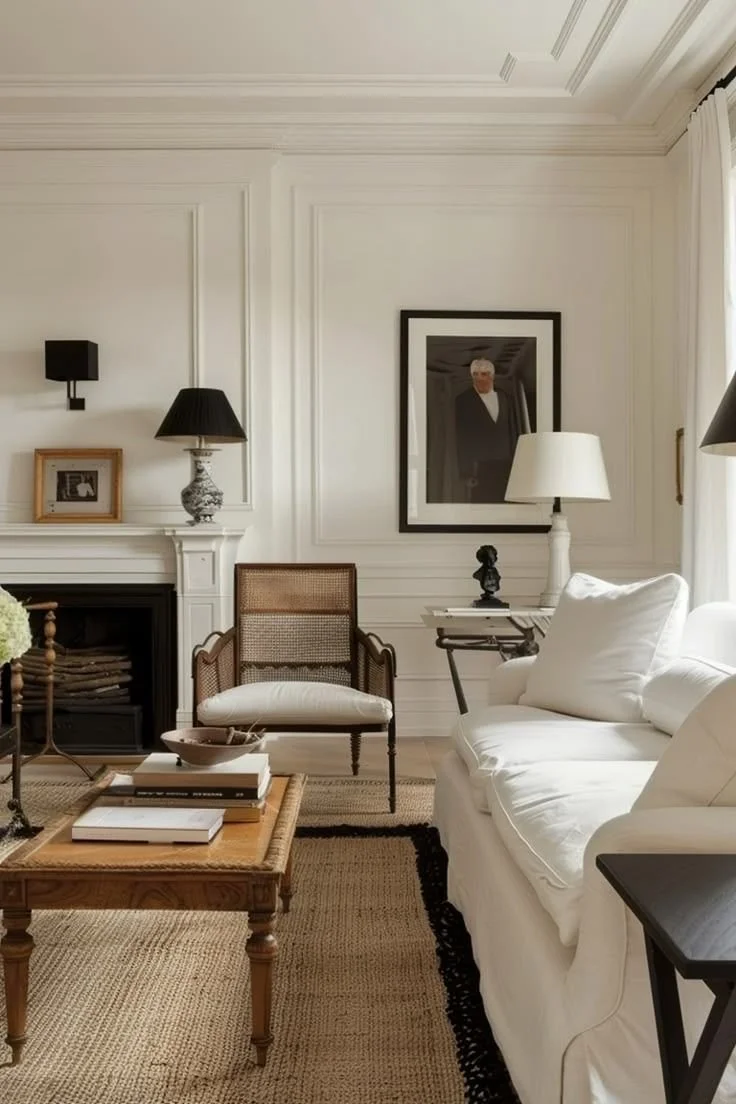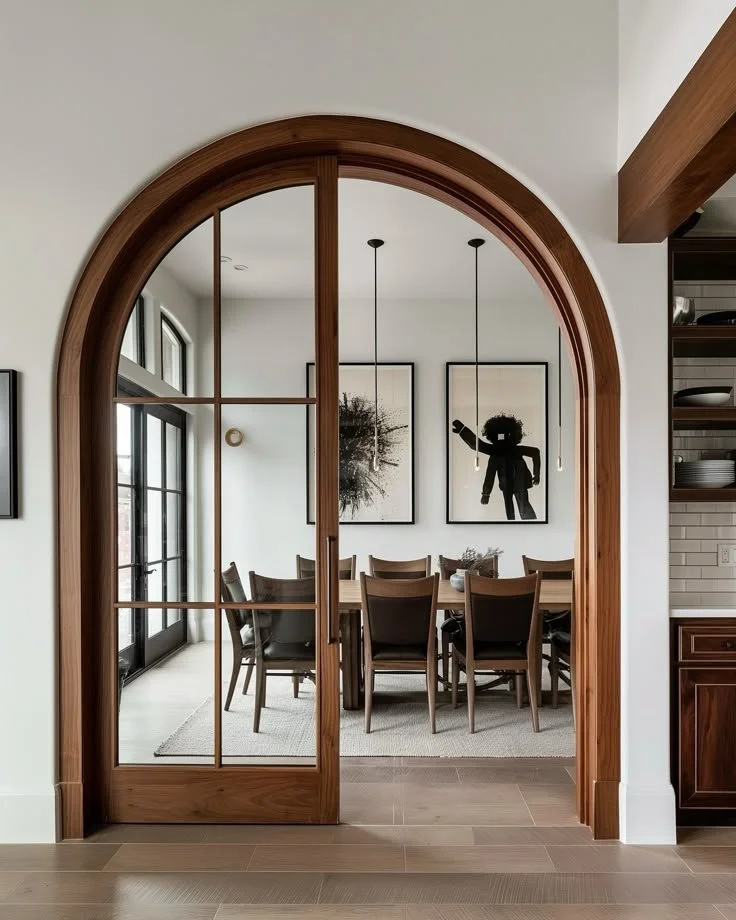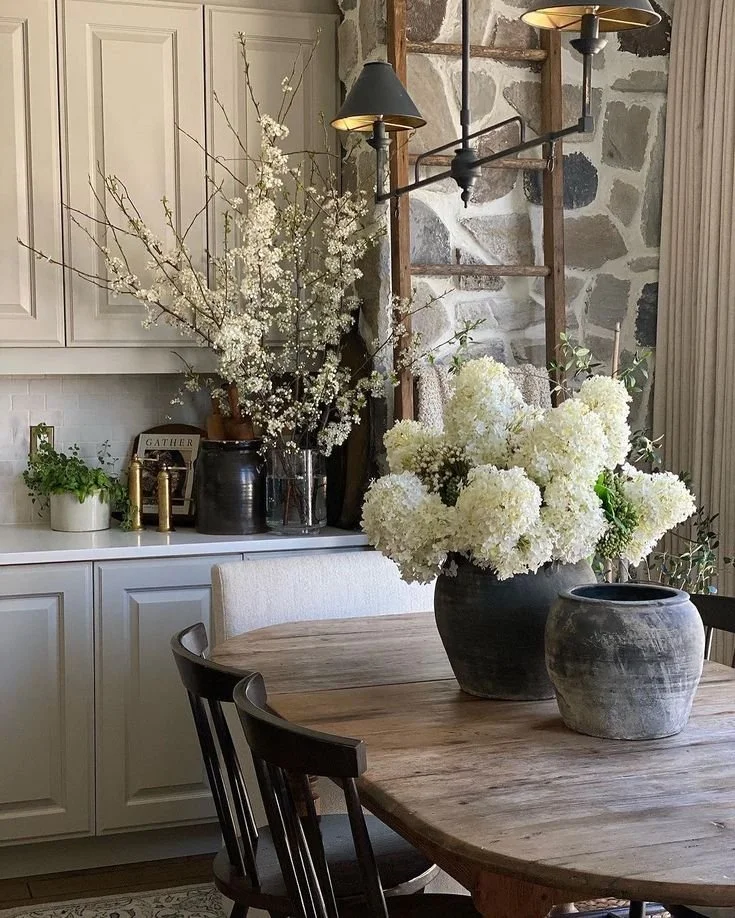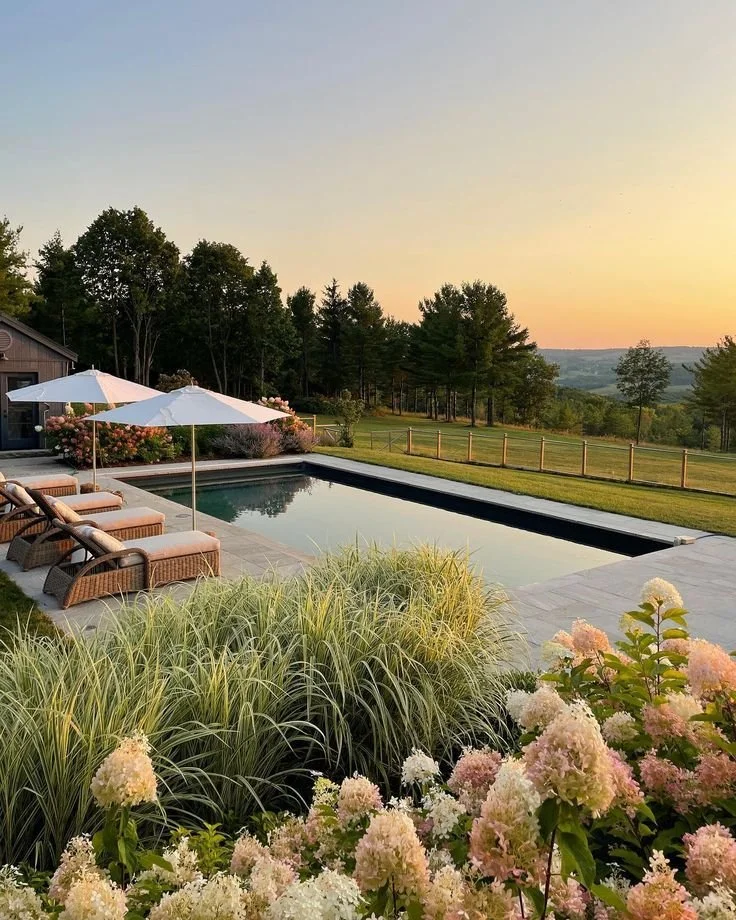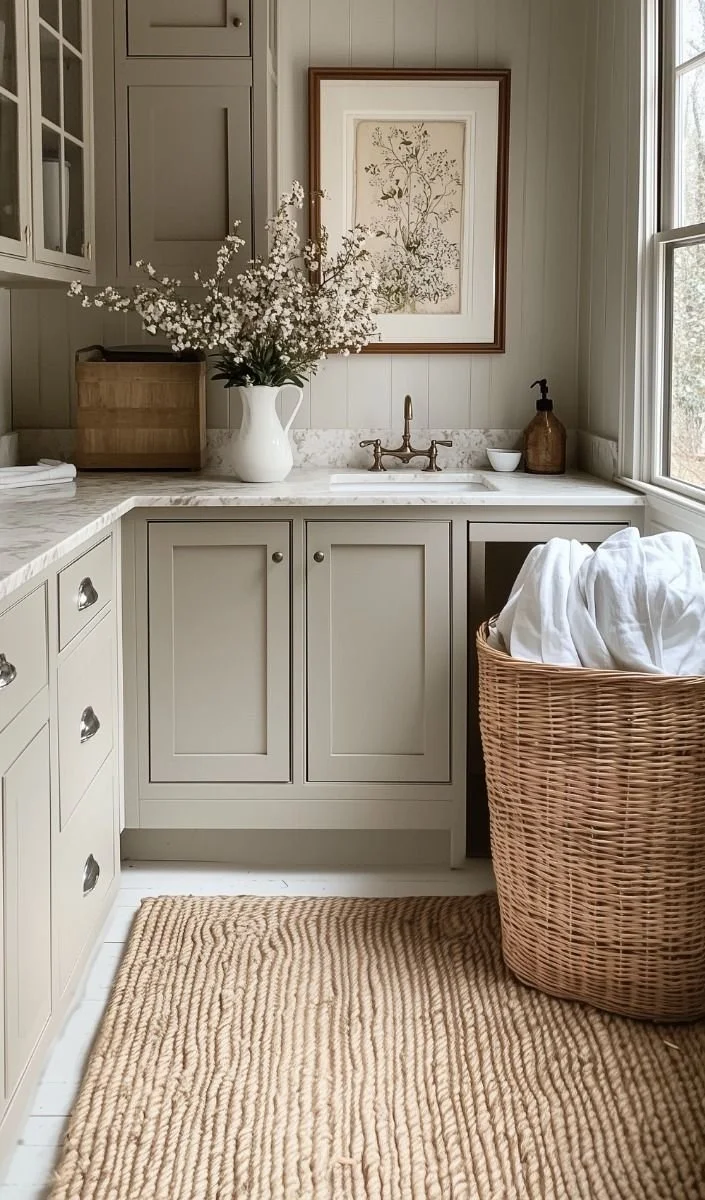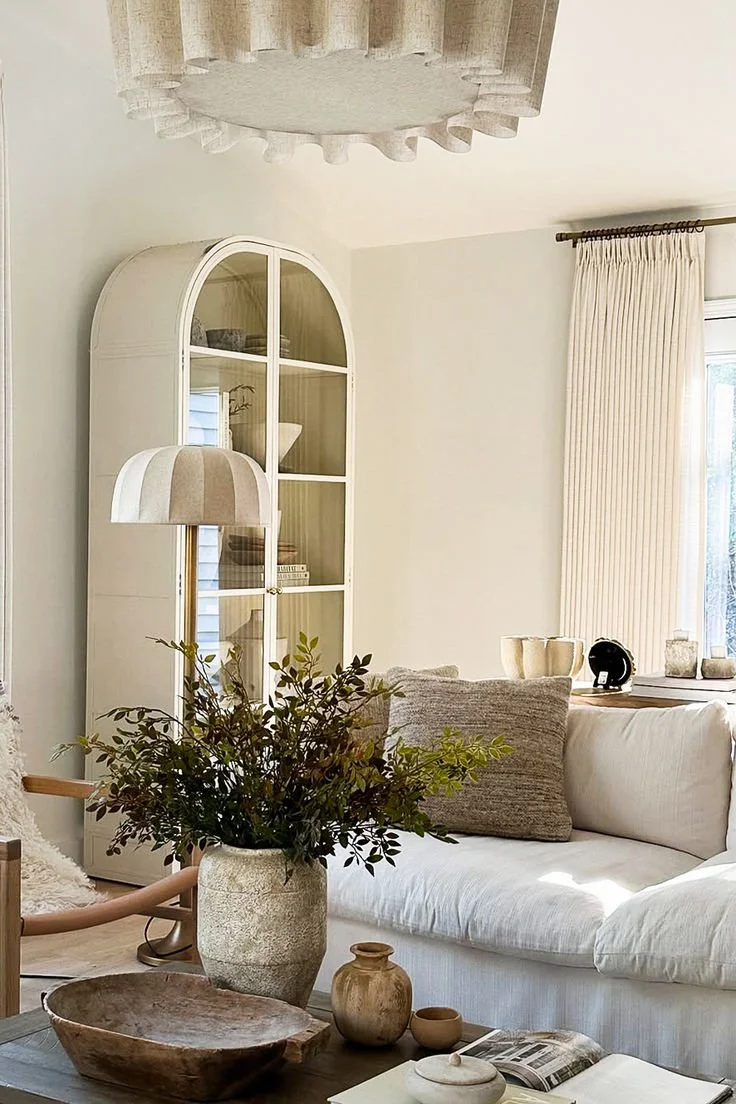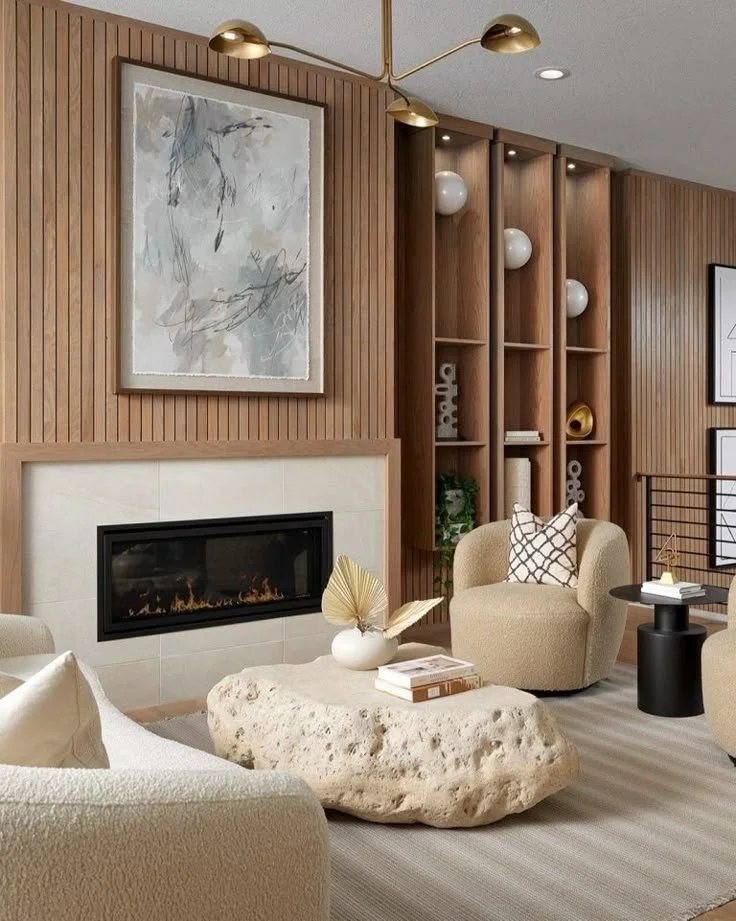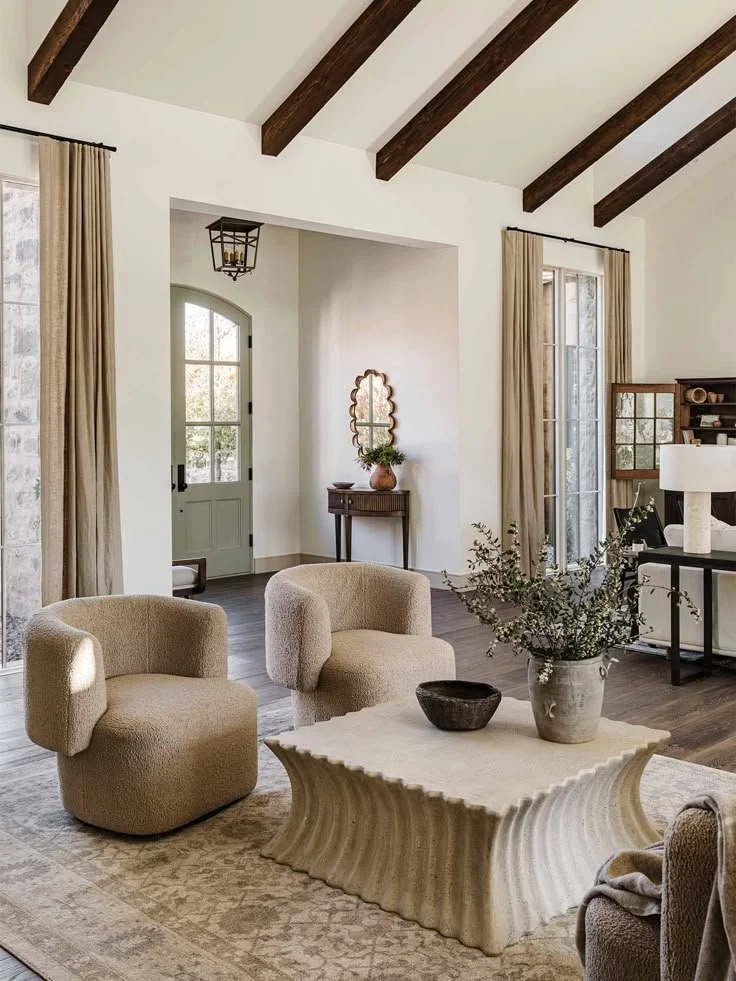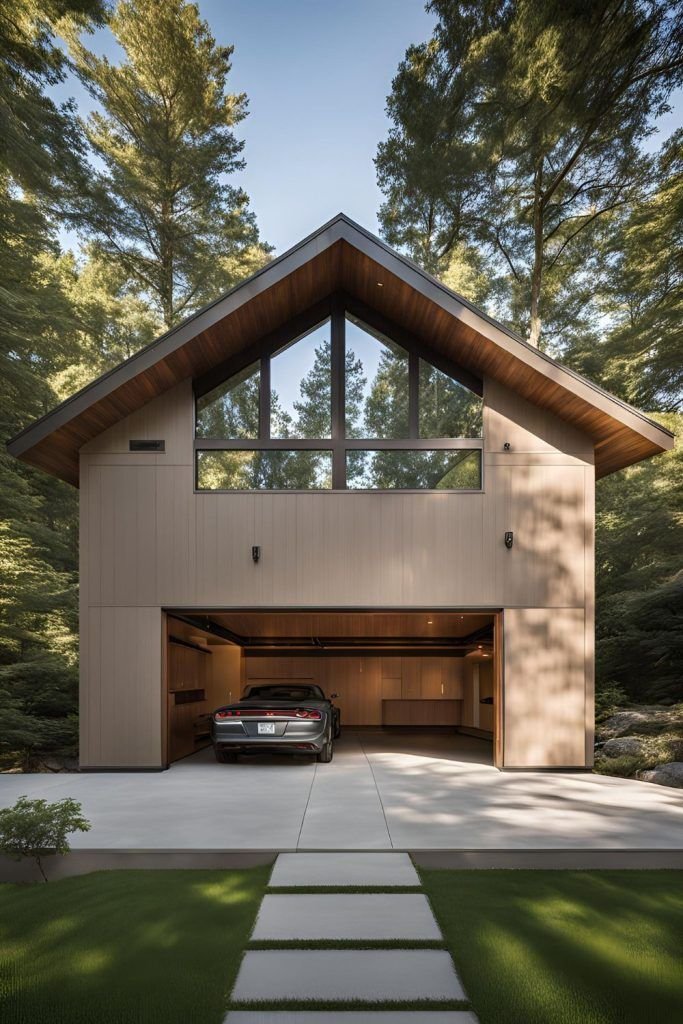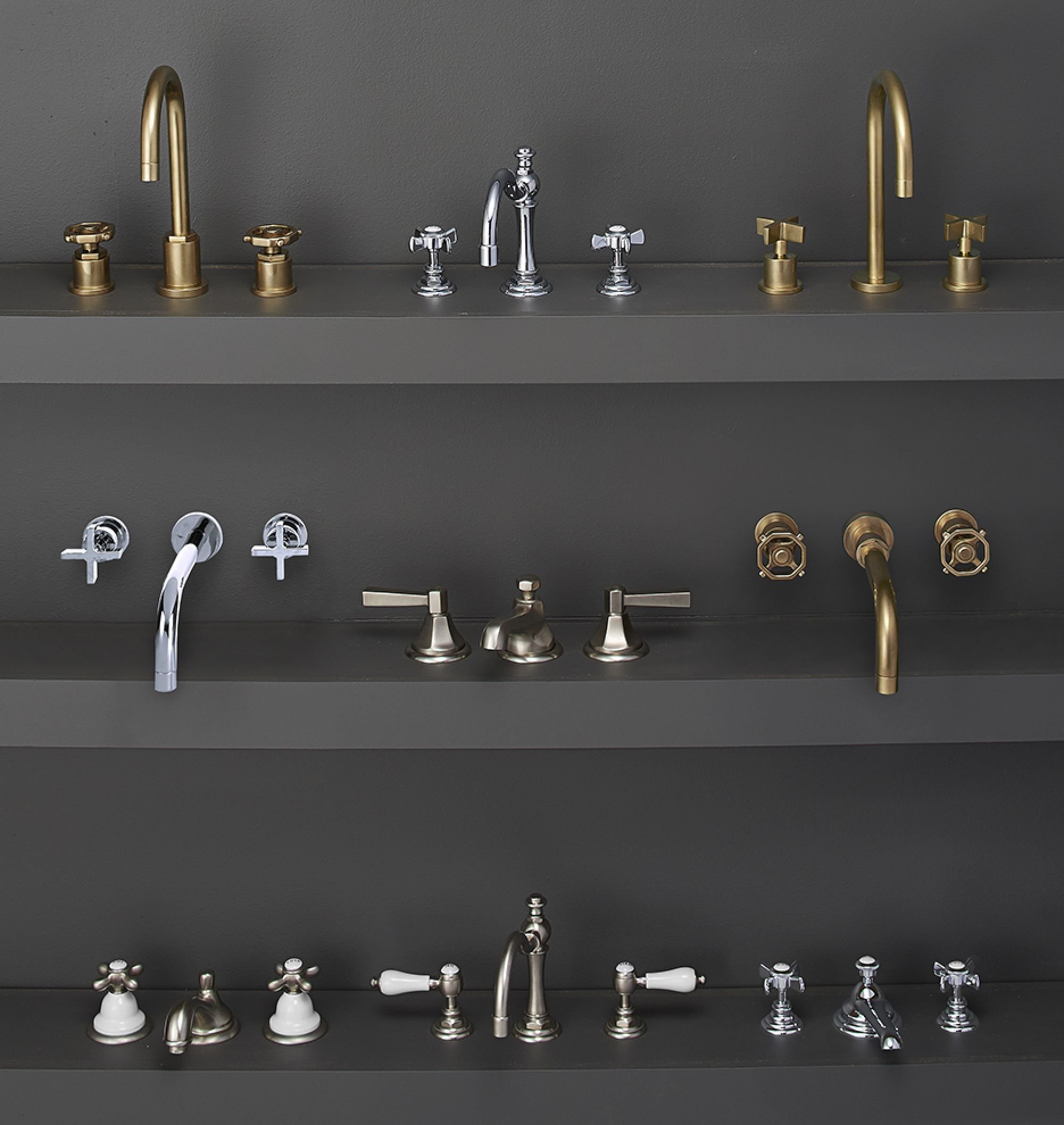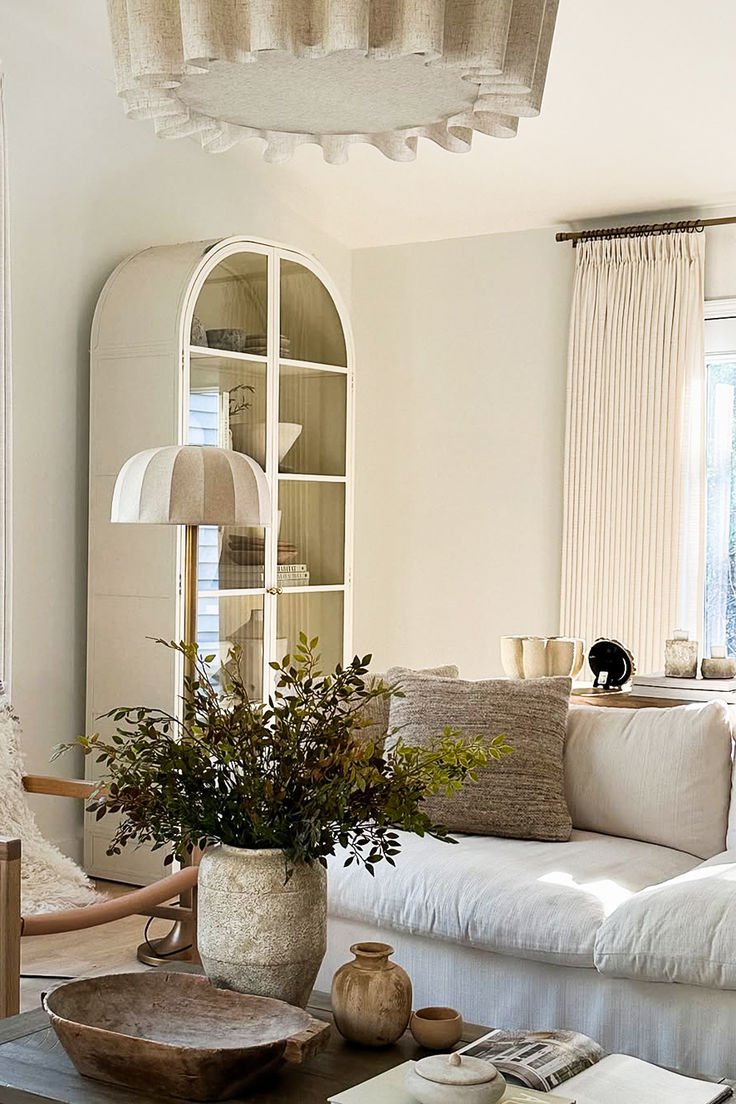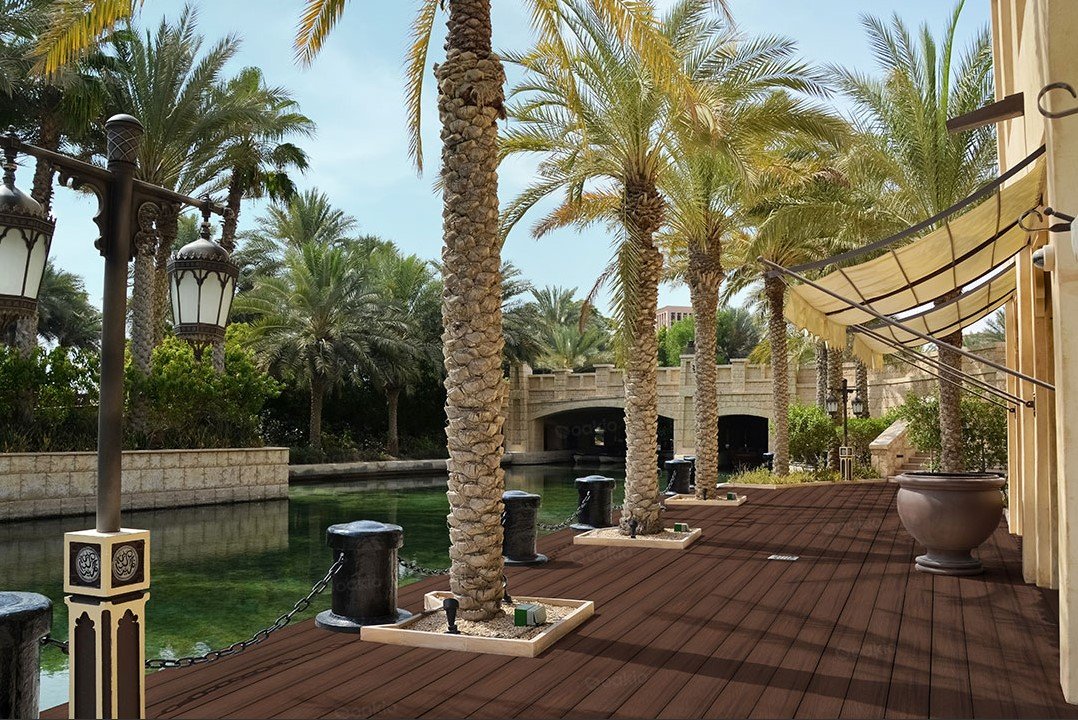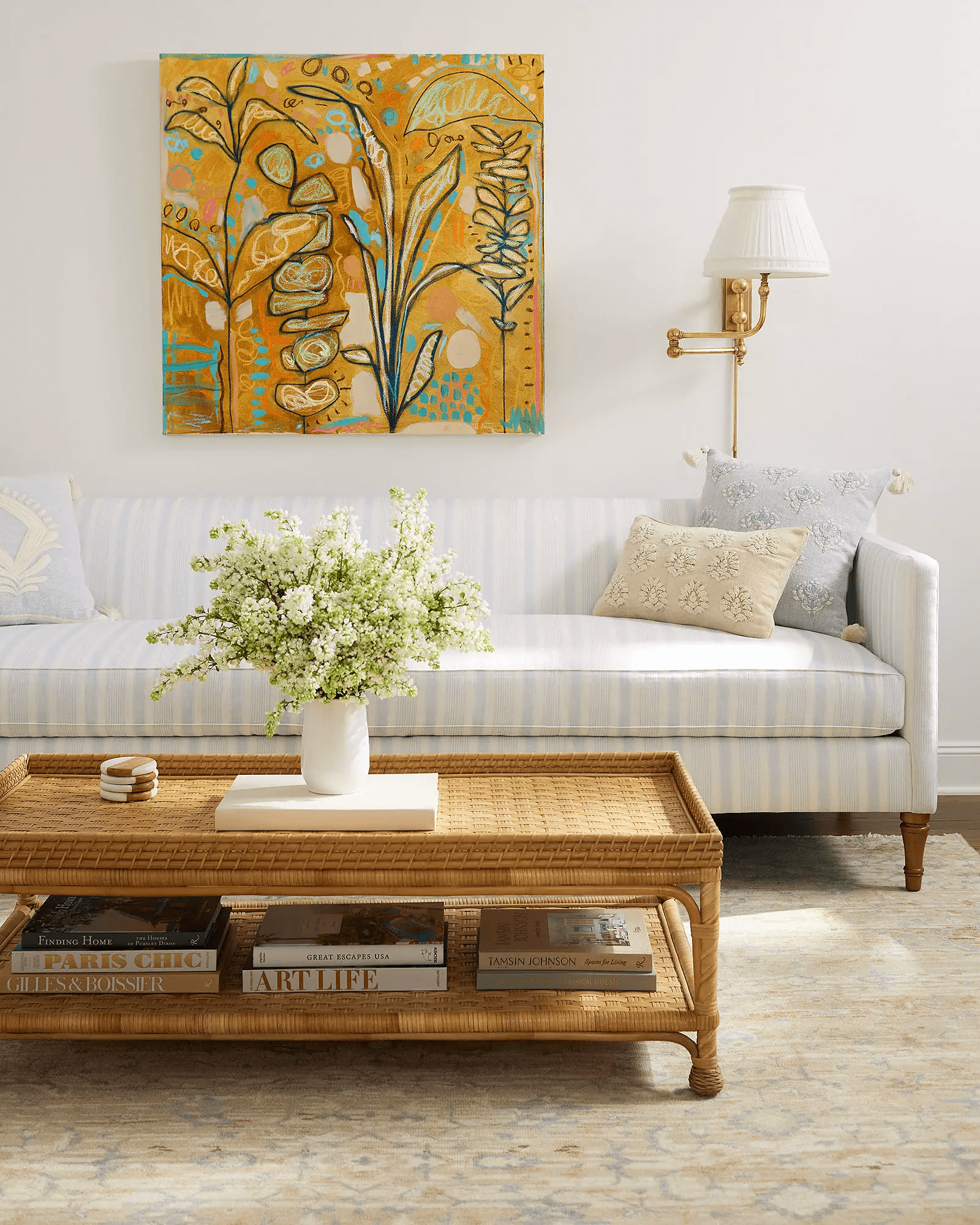Your home is more than just walls and a roof—it's an extension of who you are. It reflects your personality, your style, and your story. Creating a space that truly shines doesn’t require extravagant renovations or a limitless budget. Instead, it calls for thoughtful design, intentional choices, and a clear sense of purpose.
Whether you're revamping a single room or reimagining your entire home, the goal remains the same: to design a space that feels authentic, refined, and welcoming. In this article, we explore how to do just that—with balance, creativity, and a touch of personal flair.
No. 1
Establish Each Space’s Purpose
Before you dive into color palettes or furniture shopping, ask yourself: What is the purpose of this space? A living room may be for entertaining, while a study should foster focus and serenity. Once you define the function, design choices become much easier.
It’s similar to how businesses optimize operations when they hire eCom virtual assistant—it’s all about clarity and efficiency. When each room serves a specific purpose, your home feels more cohesive, organized, and intentional.
No. 2
Focus on Flow and Layout
The way you move from one room to another significantly impacts the overall feel of your home. Open floor plans tend to feel modern and communal, while defined rooms offer privacy and structure. Regardless of your preference, ensure there’s a natural, easy flow between spaces.
Avoid overcrowding rooms with bulky furniture. Maintain clear circulation paths and visual lines of sight. A well-planned layout not only enhances functionality but also elevates the aesthetic appeal of your home.
No. 3
Let in the Light
Few elements transform a space like natural light. It opens up rooms, enhances colors, and brings warmth. If you’re fortunate enough to have large windows, make them a focal point. Use sheer curtains or adjustable blinds that allow daylight to pour in.
For darker areas, incorporate mirrors to reflect light and brighten the space. Layer your lighting with ambient, task, and accent sources. Soft, incandescent lighting and strategically placed lamps can create a cozy ambiance in the evenings.
Just as strong branding by a skilled SEO outsourcing company sets a business apart, lighting distinguishes your design and sets the tone.
Rejuvenation
Bring your dream space to life with Rejuvenation’s free design services!
From lighting to furniture, our experts are here to help you create a home you’ll love.
No. 4
Use Color and Texture Wisely
Color has a profound effect on mood. Choose palettes that align with the energy you want to create. Soft neutrals evoke calm, while bold contrasts bring vibrancy.
Texture adds depth and interest. Pair smooth with rough—think velvet pillows on a raw wood bench or metallic accents against woven rugs.
Limit your palette to two or three dominant colors per room and layer textures to create warmth and dimension. A well-balanced mix ensures the space feels complete rather than chaotic.
No. 5
Personalize with Purpose
What truly sets a home apart is its personality. Showcase what matters to you—travel souvenirs, heirlooms, favorite books, or local artwork. These elements tell your story and invite others in.
Just as a great SEO agency crafts tailored strategies for each client, your home should reflect your unique narrative—not a copy-paste from a catalog.
No. 6
Keep It Clean and Clutter-Free
Even the most beautifully designed room loses its charm when buried under clutter. Incorporate smart storage solutions: floating shelves, built-ins, and furniture with hidden compartments help maintain order.
Follow the golden rule: a place for everything and everything in its place. Regular tidying not only improves the look of your space but also enhances how it feels to live in it.
No. 7
Bring Nature Indoors
Houseplants do more than decorate—they boost mood and purify the air. Even a couple of well-placed plants can breathe life into a room. If you're new to greenery, start with low-maintenance options like snake plants or pothos.
Natural materials like wood, stone, and rattan also bring warmth and a grounded feeling. These elements create a seamless connection between your interior and the natural world outside.
No. 8
Add Finishing Touches
It’s the little things that turn a house into a home. Rugs, drapes, throw pillows, candles, books, and artwork all contribute to the atmosphere. Choose pieces that reflect your taste, and don’t shy away from adding a few conversation starters.
These finishing touches are like the final brushstrokes on a painting—subtle, but transformative.
No. 9
Make It Functional and Comfortable
A beautiful home should also be livable. Choose furniture that feels as good as it looks. Prioritize function, especially in high-traffic areas like kitchens and bathrooms.
Good design should enhance your life, not complicate it. A home that balances aesthetics with usability leaves a lasting impression and makes everyday living more enjoyable.
Takeaways
Creating a home that draws the right kind of attention is all about balance—between beauty and function, trend and timelessness, personal expression and universal appeal. It doesn’t have to be expensive; it just requires intention, creativity, and care.
When you design with purpose and authenticity, your home becomes more than just a place to live. It becomes a reflection of your journey, your values, and your vision. It becomes a space that welcomes, inspires, and endures.
Let your home tell your story—one thoughtful detail at a time.
Looking for Home resources?
Looking to enhance your living space and create a sanctuary that supports your well-being? Explore our home partners who offer a wide range of resources to elevate your home environment.
